Meaning is magnetic! Creativity is captivating! Passion is powerful! Emotion is engaging! Charisma is contagious!
Discover compelling ways to draw your students in and invite them to dream and innovate. Transform your curriculum into exploration and adventure. Entice even your reluctant learners and hold them transfixed.
There is a marked distinction, however, between teachers who seek merely to entertain and those who actually engage, just as there is a difference between teachers who cater to rather than captivate kids. Your ultimate goal as a fascinating facilitator is for your students to be fully committed to academic pursuits that mean something to them personally and move them profoundly.
By adding any one or combination of the following engagement techniques, teachers of all grade levels and subject areas can easily refashion any lesson into an exciting, enriching educational experience for all. Best of all, infusing your classroom with both wonder and worth always enhances your quality and depth of instruction. Cultivating student involvement never entails compromise or invites complacency, so use these strategies liberally and often.

Engagement through Empowerment
1. Curiosity
Tap into the natural inquisitiveness of children through the use of intrigue, prediction, and inquiry. Allowing students to create their own questions based on careful analysis and thoughtful inference puts them in charge of their learning. To add a deeper layer of scholarship and ownership, require students to employ evidence and explanation in order to find answers to their own and their classmates’ questions.
2. Choice
Students feel valued when given a degree of control over their education and respond positively when elements of autonomy are incorporated into class activities. Kids greet the simplest either/or opportunities with enthusiasm, but fascinating facilitators capitalize on this by occasionally offering menus of choices as to how best each student wants to approach or show off their learning.
3. Creativity
Choice is not just being given the authority to decide between one thing and the other. Investment and authenticity are also enhanced when students are encouraged to express themselves organically and with originality. Move students from being passive consumers of information to active creators by welcoming their ingenuity and imagination!
4. Construction
Project- or problem-based learning forms purpose and practicality for students who naturally crave meaning and hands-on participation. When students create, build, or solve something personally impactful, the buy-in is palpable. These grand, ongoing projects also establish a through line of anticipation, significance, and commitment that keeps students eagerly coming back for more!

Engagement through Community
5. Collaboration
Working together towards a common goal is invigorating, advantageous, and enlightening. Whether this collaboration is done with pairs of students, small groups, or the entire class, do not settle for mere cooperation. True collaboration necessitates at least two people working closely on a particularly challenging or complex task. If most students can readily accomplish an assignment individually, do not designate that particular task as collaborative.
6. Camaraderie
The esprit de corps that fascinating facilitators engender in their students must not be underestimated. A sense of belonging, essential contribution, common mission, and mutual celebration transform what could be an isolating school experience into one filled with rapport and relationship.

Engagement through Expertise
7. Controversy
Students spontaneously respond to pointed, provocative comments and ideas. They love to add their two cents, especially where issues of justice, equity, and freedom are concerned. So, assist in elevating your students’ impassioned reactions, especially when those responses are knee-jerk and uninformed, into eloquent expressions of opinion and insight. Teach your students respectful debate skills and awaken within them the fire of self-expression.
8. Critique
When specifically asking students for their judgment, the intent is not for them to merely tear things apart and criticize but to expose both the strengths and weaknesses of what is being critiqued. Practice with this type of analysis also prepares students to evaluate their own work, as well as that of their peers, with increasing balance and clarity.
9. Commentary
Every child likes to feel smart, necessary, and listened to. Giving students voice entails providing the encouragement and support that increase confidence. Add the skills of articulation and explication, and kids increasingly open up to share their pertinent, personal ideas and experiences. If you want your students to talk and write like experts, then train and treat them like experts.
10. Critical Thinking
Take students beyond what they already know, believe, can do, or think they are interested in. Also take students below the surface to explore and discover new insights and connections to what they had previously known or believed. Finally, take students back inward to reflect on their prior assumptions and to think critically about what they have read or been told. These opportunities for astute analysis ignite the inner scholar that resides in every child.

Engagement through Relevance and Rigor
11. Connection and Contrast
Even though the educational pendulum seems to be swinging in the direction of discrediting and dishonoring your student’s personal experiences and perspectives, please refuse to abandon this vital strategy in the fascinating facilitator’s toolkit. Any logical connection or contrast a student can make from one particular thing to something seemingly separate is always a legitimate endeavor and is a very high-level thinking skill at that!
12. Challenge
Complexity, if properly facilitated, engenders commitment. If you want students to think critically and delve deeply, then the waters you give them in which to swim must be vast, profound, and a bit unpredictable. Respect for your students’ intelligence and abilities emboldens them to rise to the occasion. Therefore, facilitation is equally as vital as fascination. Strategic instruction, reliable support, and useful feedback ensure that your students have the knowledge and capabilities to actually attain what you have inspired them to strive for.

Transforming Engagement into Investment
Because a potent way to augment student achievement is through these twelve avenues of self-expression, intellectual vigor matters just as much as academic rigor. Therefore, every teacher’s investment in student engagement matters. And because it matters, this makes school meaningful—which only inspires further student investment.
Become a fascinating facilitator and ensure that what you teach always moves and matters to your students in several significant ways.
***
What are some of your favorite ways to engage your students? Please share your ideas and strategies in the Comments section below.

This article was originally published on Edutopia under the title “Bring Excitement into Any Lesson” (December 9, 2016) where it has been viewed by over 20,000 educators and has been shared over 1,200 times! You can also view the conversation on Facebook 12/12/16 and on 9/24/17.
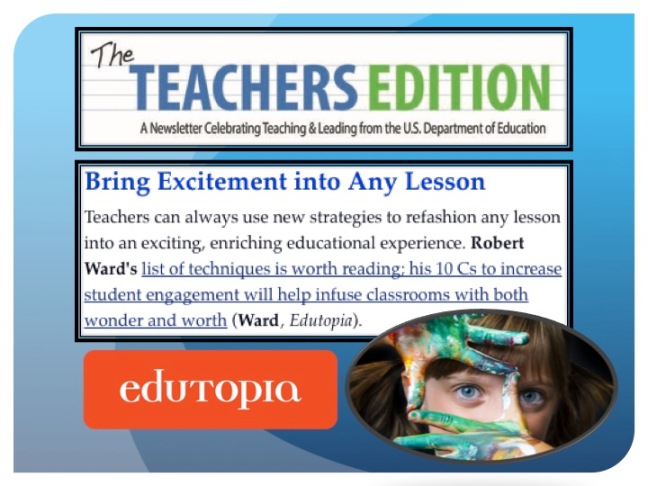
This article was also featured in the U.S. Department of Education’s The Teachers Edition newsletter (December 22, 2016 edition).
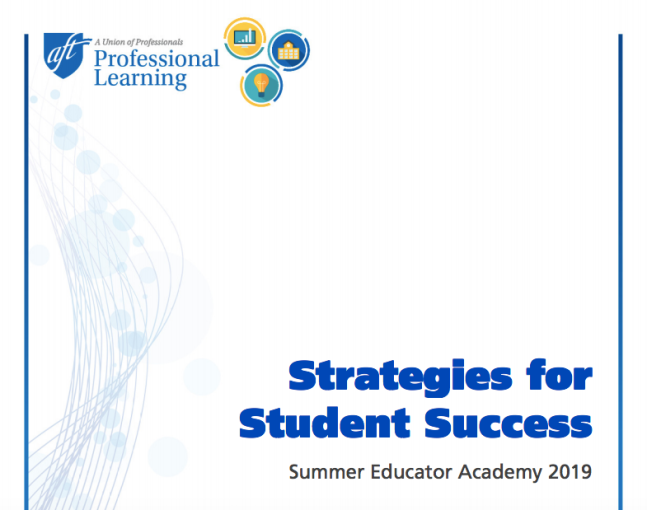
This article is included as required reading for the Strategies for Student Success course offered by the American Federation of Teachers.
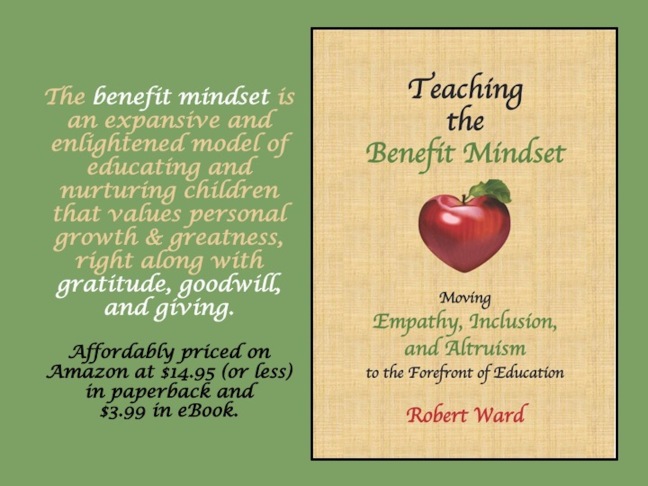
Teaching the Benefit Mindset is Amazon’s #1 New Release in Experimental Teaching Methods! You can read more about this inspiring and practical new book here.
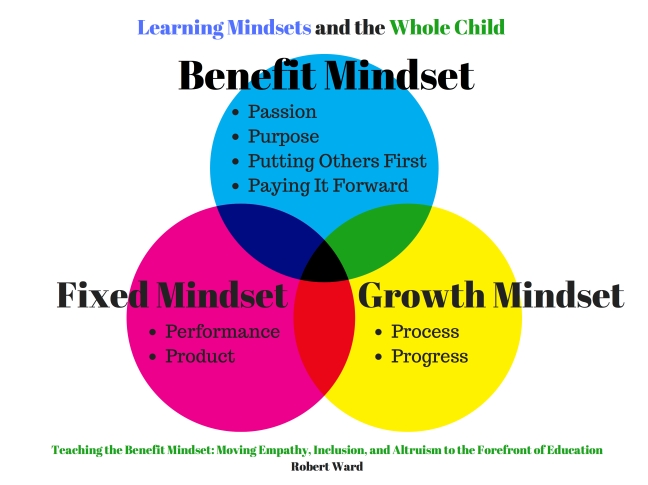

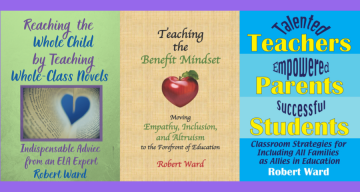
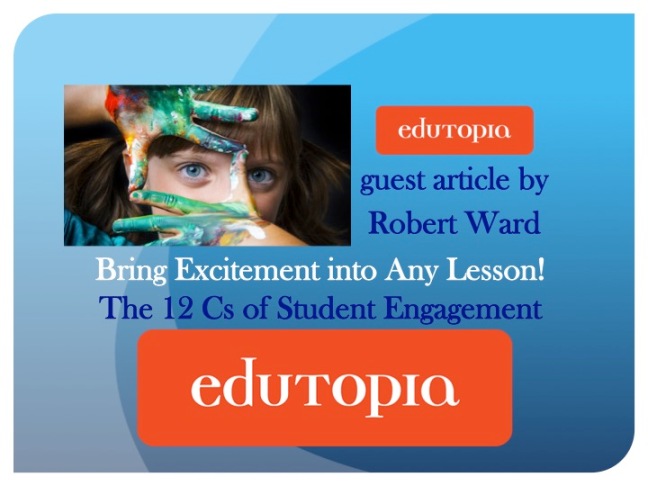
LikeLike
LikeLike
LikeLike
LikeLike
LikeLike
LikeLike
LikeLike
I think teachers need to make a more engaging environment for students to be able to participate in discussions and activities. Not just listen to the teacher to talk for hours on end.
LikeLiked by 1 person
LikeLike
LikeLike
LikeLike
LikeLike
LikeLike
LikeLike
LikeLike
LikeLike
LikeLike
LikeLike
LikeLike
LikeLike
LikeLike
LikeLike
LikeLike
https://twitter.com/irishteacher6/status/807746385856655361
LikeLike
LikeLike
LikeLike
LikeLike
LikeLike
LikeLike
https://twitter.com/missdaisyICS/status/807382860558729216
LikeLike
LikeLike
LikeLike
LikeLike
LikeLike
LikeLike
https://twitter.com/JWSwegles/status/837474887673462785
LikeLike
LikeLike
LikeLike
LikeLike
LikeLike
LikeLike
LikeLike
https://twitter.com/NoahZernechel/status/893881065567383554
LikeLike
https://twitter.com/KiranDiamant4u/status/893885520769679362
LikeLike
LikeLike